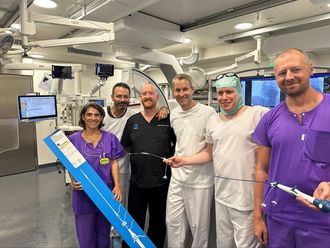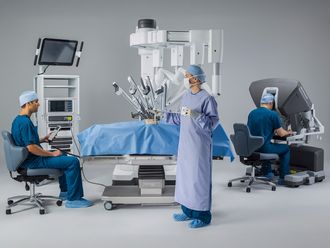Dubai: A Glaucoma expert in Dubai is calling for greater awareness of the risk of this disease and highlighting the need for regular screening for older citizens and residents to prevent glaucoma blindness.
Glaucoma is the second leading cause of blindness worldwide and the number one cause of irreversible blindness. However, the disease is treatable and blindness can be prevented through early diagnosis.
Although children and young adults can be affected by Glaucoma, high risk groups include older people (with an increasing risk over 40 years of age), uncontrolled diabetics and those with a family history of glaucoma.
Primary congenital glaucoma — glaucoma at birth — is relatively common in the Gulf region, because of the large closely related families, and screening could play an important role in identifying those at risk, according to a press statement released to coincide with World Glaucoma Day yesterday.
Increasing risk
According to the World Health Organisation, in 2010 there will be 60.5 million people with Glaucoma around the world, increasing to 79.6 million by 2020. In response to this increasing risk with age, Moorfields Eye Hospital Dubai is highlighting the importance of Glaucoma awareness and stressing the need for early detection.
Screening for the disease and then compliance with the treatment regime are two important messages for the community.
"Unfortunately, many people with glaucoma are unaware that they have it until there is a large amount of irreversible vision loss," says Dr Renata Puertas, Glaucoma Consultant Surgeon at Moorfields Eye Hospital Dubai. "Glaucoma has no symptoms in its early stages and up to 40 per cent loss of sight can occur before any problem is noticed by the sufferer.
"This is why we are advising the community in Dubai over 40 years of age to undertake regular screening every few years — it really could save your eyesight."
Glaucoma is a group of eye diseases that cause progressive damage of the optic nerve. If left untreated, most types of glaucoma result (without warning or obvious symptoms to the patient) in increasing visual damage and may lead to blindness.
Once this has happened, the visual damage is permanent, which is why glaucoma is described as the "silent blinding disease" or the "sneak thief of sight".












